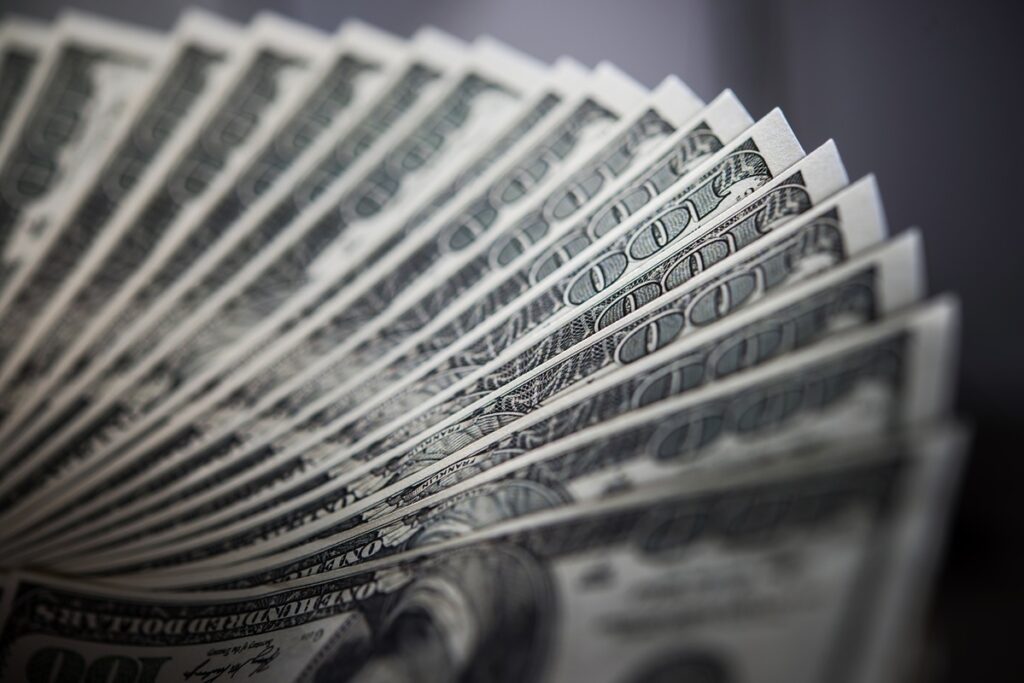U.S. consumer prices rose 3% in September compared with a year earlier, government data showed Friday, extending a months-long uptick that pushed inflation to its highest level since January. The figure came in slightly below economists’ expectations but underscored growing pressure on household budgets.
The increase followed a 2.9% rise in August, continuing a trend of accelerating price growth that coincides with a series of tariffs imposed by President Donald Trump on key imports.
Food Costs and Tariffs Drive Inflation
Beef prices surged nearly 15% over the past year, driven partly by Trump’s controversial decision to import beef from Argentina in an attempt to bring down domestic prices — a move that has sparked backlash from U.S. ranchers.
Other food categories showed mixed results. Egg prices fell almost 5% in September, standing roughly 1% below their level a year ago, while coffee prices jumped 19%, reflecting continued global supply disruptions.
The White House celebrated the lower-than-expected inflation print, with Press Secretary Karoline Leavitt calling the numbers “good news for American families.” However, she also warned that the ongoing government shutdown could delay or block the release of future inflation data, potentially leaving “businesses, markets, families, and the Federal Reserve in disarray.”
Government Shutdown Delays Data
Friday’s data arrived over a week later than planned due to the ongoing government shutdown, which has hampered key economic reporting. Economists say such delays could create uncertainty in financial markets and complicate the Fed’s decision-making process.
Letitia James Faces Federal Charges of Mortgage Fraud Amid Backlash

The Fed’s Balancing Act
The acceleration in consumer prices adds to concerns that the U.S. economy may be heading toward stagflation — a period of high inflation and slow job growth. While inflation has risen, hiring has cooled, leaving the Federal Reserve in a difficult position.
“If the Fed raises rates to fight inflation, it risks slowing the economy even further,” analysts note. “But cutting rates could fuel more spending and worsen price pressures.”
Last month, the Fed cut its benchmark interest rate by 0.25%, its first reduction of the year, in an effort to revive the labor market. Fed Chair Jerome Powell acknowledged the challenge:
“It’s a difficult situation when our goals are in tension like this,” Powell said. “But the balance of risks has shifted toward greater concern over sluggish hiring.”
Markets currently expect another quarter-point rate cut next week, according to the CME FedWatch Tool, but Friday’s inflation report could prompt officials to reconsider.
Tariffs Add to Economic Strain
Economists say that while tariffs have modestly contributed to inflation, the main drivers remain housing and food prices. Still, trade tensions have added a layer of uncertainty to the outlook.
Trump’s recent threat of 100% tariffs on all Chinese goods starting November 1 — in retaliation for Beijing’s restrictions on rare earth minerals — could raise prices further across consumer electronics, vehicles, and household goods.
China has refused to back down, setting the stage for a prolonged standoff that may keep inflation elevated into early 2026.
Outlook
With inflation climbing, job growth slowing, and tariffs set to expand, the U.S. economy faces a precarious balance. The Federal Reserve must now decide whether to tighten policy to protect purchasing power or loosen it to sustain employment — each option carrying significant political and economic consequences.
Source:
U.S. Bureau of Labor Statistics – Consumer Price Index Data
Federal Reserve Board – Monetary Policy Statements






